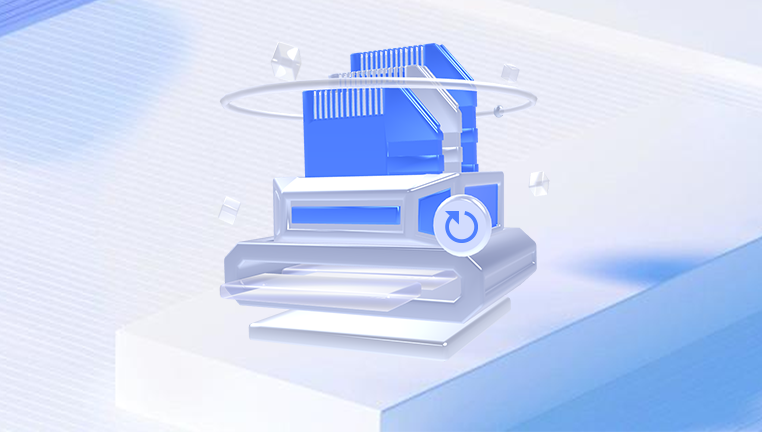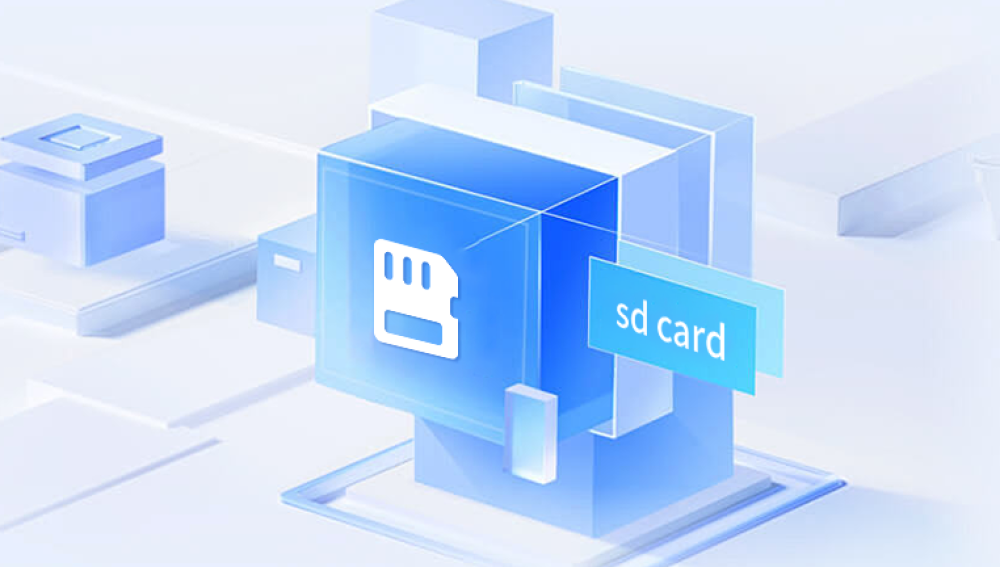Mini SD cards, though less common today than their microSD and standard SD counterparts, were once widely used in portable devices such as early digital cameras, mobile phones, and handheld consoles. These compact memory cards provided convenient and portable data storage. However, like all digital storage media, they are not immune to data loss.
Mini SD cards, introduced by SanDisk in 2003. measure 21.5 mm × 20 mm × 1.4 mm smaller than standard SD cards but larger than microSD cards. Though their use has declined due to the prevalence of microSD cards, many devices still rely on them, especially legacy electronics. These cards are supported by adapters that allow them to be read in SD slots, extending their compatibility.

Mini SD cards come in different formats:
MiniSD (Standard)
MiniSDHC (High Capacity)
MiniSDXC (eXtended Capacity)
Each format supports varying storage limits and transfer speeds. Recovery efforts can vary slightly based on the card's format, especially in terms of file system (FAT16. FAT32. exFAT, etc.).
Common Causes of Data Loss
Data loss from a mini SD card can occur due to various factors. Understanding the root cause can help you choose the most suitable recovery method.
1. Accidental Deletion
The most frequent cause of data loss is human error. Accidentally deleting photos, videos, or files without a backup is all too common, especially when managing storage on-the-go.
2. Formatting the Card
Formatting a mini SD card—intentionally or unintentionally—can erase all stored data. Sometimes, devices prompt users to format cards if errors are detected, leading to data loss.
3. File System Corruption
Power failures, improper ejection, or malware can corrupt the file system, making the card unreadable. The data may still reside on the card, but the file structure becomes inaccessible.
4. Physical Damage
Mini SD cards can be physically damaged due to moisture, bending, or wear and tear. Recovery in such cases may require professional help.
5. Compatibility Issues
Using a mini SD card in unsupported or incompatible devices can result in file corruption or data loss. Certain devices format cards in proprietary ways, making cross-device use risky.
6. Virus or Malware Attacks
Infected devices or computers can transfer malware to a mini SD card, potentially deleting files or rendering them unreadable.
Precautions Before Recovery
Before diving into recovery, it is vital to take precautionary steps to maximize your chances of success.
Stop Using the Card Immediately
Continuing to use the card after data loss increases the risk of overwriting lost files. Avoid saving new data or even opening the card until recovery is complete.
Do Not Format the Card Again
If prompted to format the card by a device or computer, decline the request. Reformatting can make recovery more difficult, especially if done multiple times.
Use a Write-Protected Adapter
If available, use a write-protected SD card adapter to prevent accidental overwriting during the recovery process.
Methods for Mini SD Card Recovery
Recovery can be approached in several ways, depending on the damage type and available tools. Here's a breakdown of common recovery techniques.
1. Using Data Recovery Software
Drecov Data Recovery
Drecov Data Recovery is a reliable and user-friendly software designed to help recover lost or deleted files from various storage devices, including SD cards. Whether you accidentally deleted important photos, formatted your SD card, or experienced data corruption, Drecov Data Recovery offers a straightforward solution to retrieve your valuable files quickly and safely.
The software supports a wide range of file types such as images, videos, documents, audio files, and more, making it versatile for different recovery needs. It works with multiple SD card formats, including SDHC and SDXC, and is compatible with mini SD and microSD cards as well. Drecov Data Recovery’s intuitive interface guides users through a simple three-step recovery process: select the SD card, scan for lost files, and recover the desired data to a safe location.
One of the standout features of Drecov Data Recovery is its powerful scanning engine that performs both quick and deep scans. The quick scan targets recently deleted files, while the deep scan thoroughly examines the card for files lost due to formatting or severe corruption. This dual approach increases the chances of successful recovery.
Additionally, Drecov Data Recovery prioritizes data integrity, ensuring recovered files are restored without damage. It also supports previewing files before recovery, helping users confirm they retrieve the correct items.
2. Restoring from Backups
If you routinely back up your data—manually or using cloud services—this is the simplest and safest way to recover lost files.
Check:
Local computer backups
External hard drives
Cloud storage (Google Drive, iCloud, Dropbox)
Auto-backup apps used by your device
Restoring from a backup is risk-free and requires no special software.
3. Checking Hidden or System Files
Sometimes, files are not deleted but hidden due to malware or system glitches. You can try revealing hidden files via:
Windows:
Open File Explorer
Click on the "View" tab
Check the box for "Hidden items"
macOS:
Open Finder
Press Command + Shift + . (dot)
If files were merely hidden, they should now be visible.
4. Using CMD or Terminal (For Windows Users)
The Windows Command Prompt can attempt to fix logical errors and recover files from the card.
Steps:
Insert the mini SD card.
Open Command Prompt as Administrator.
Type:
chkdsk X: /f (replace X with your SD card’s drive letter)
Press Enter and wait for the process to complete.
This may recover file fragments or fix file system errors, making lost data accessible again.
Advanced Recovery: Professional Services
If your card is physically damaged or software methods fail, consider contacting professional data recovery services. These companies have specialized tools and cleanroom environments to safely extract data from damaged cards.
What They Can Handle:
Physically broken cards
Severely corrupted file systems
Water or heat-damaged cards
Encrypted file structures
While effective, these services can be expensive and time-consuming. Always ask for a diagnostic quote first.
Tips to Improve Recovery Success
To improve your chances of recovering data:
Begin recovery as soon as you notice data loss.
Minimize use of the affected card.
Use quality adapters and card readers to avoid additional issues.
Keep multiple recovery tools at your disposal.
Be patient—deep scans can take time, especially with large storage cards.
Preventing Future Data Loss
Data recovery can be stressful, but there are simple practices to reduce your risk in the future.
1. Regular Backups
Make it a habit to back up important files to both local and cloud storage. Set automated backup schedules if possible.
2. Proper Ejection
Always eject your mini SD card safely using the "Eject" option before removal. This ensures all write processes complete and prevents corruption.
3. Avoid Untrusted Devices
Only use your card with trusted devices and systems. Avoid public kiosks or unknown computers that could introduce malware.
4. Protect from Physical Damage
Use protective cases for mini SD cards. Keep them away from water, heat, and direct sunlight. Don’t bend or force them into slots.
5. Format Occasionally—but Properly
Occasional formatting helps refresh the card’s structure, but only do so when necessary. Always back up data first and use full format (not quick format) for better stability.
When to Replace Your Mini SD Card
Memory cards have a finite lifespan. If you notice recurring corruption, errors, or slow read/write speeds, it may be time to replace the card. Continuing to use a failing card increases your risk of permanent data loss.
Signs your mini SD card needs replacement:
Repeated prompt to format
Unusual noises or heating
Intermittent connection issues
Frequent error messages
Corrupted files or missing data
Always choose high-quality, brand-name cards for reliability.
Mini SD card recovery is entirely possible in many cases, whether you’re dealing with accidental deletion, formatting, or system corruption. With the right tools and prompt action, your files can often be retrieved without professional help. However, when physical damage is involved, don’t hesitate to seek expert services to prevent irreversible loss.




